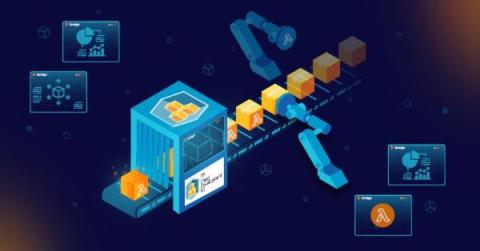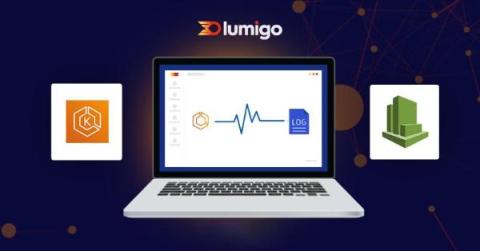Kubecon North America 2023 event recap
As autumn graced the vibrant city of Chicago, I had the distinct opportunity to immerse myself in the heart of innovation and camaraderie at the CNCF’s Kubecon North America conference. Over the span of four remarkable days, from Nov 6-9, I was fortunate enough to walk alongside the many enthusiasts, contributors and organizers of open source and cloud native communities.











